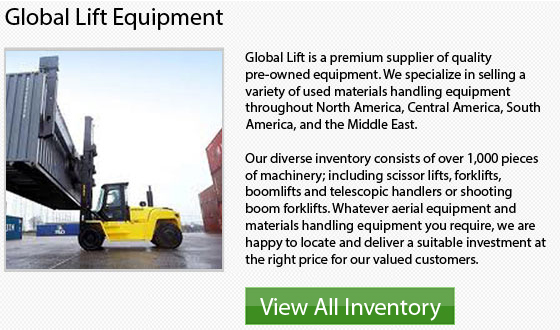
Forklift Basics
Forklifts are very handy equipment. The equipment are usually small vehicles with numerous attachments that allow it to move and lift loads. Warehouses and factories all over the world would use forklifts. A forklift driver should acquire special training, especially because these types of equipment function on rear-wheel drive and this can be really hard to get used to until one is familiar with it. As the forklift carries its load at the front, the center of gravity is continually shifting and this results in the machinery being somewhat unstable.
Parts
Typically, a forklift operator generally sits in an area known as the "cat." This area offers metal protection which stretches overhead like a roof. On the front of the equipment, the mast is situated. The mast is the mechanism that lowers and raises the load utilizing hydraulic cylinders.
Forklift Parts
When looking for information about lift truck components and aftermarket lift truck components, it is a good idea to check out the Internet or your local phone directory. Numerous places offer various forklift components, forklift accessories and support products.
Structural Components
The overhead guard is part of the forklift's top portion, whereas the foot guard separates the load from the cabin. A counterweight is located at the back of the forklift and is installed there that allows you to keep the machinery from falling over.
The tines and Apron
The load apron is typically responsible for keeping the load positioned well on the metal arms, or forks, cradle the cargo. The tines can be tilted with a purpose to balance the load. This is done using the tilting ram and the hydraulic hoist arm that powers the upward fork movement.
The Lift Structure
The load apron guard extends over the apron. It works to keep the cargo balanced as the forks carry it along the track of the arms of the upright.
Mechanics
The forklifts IC engine allows the power to be sent to the machinery wheels, providing the lift truck with movement. The wheels have brakes installed in order to enable the operator the chance to stop or slow down the machine as required.
Controls
The lift is operated via hoist controls which look like a bunch of stick-shaped levers. The lift truck is driven by utilizing the steering wheel to turn, similar to a truck or car.
Load Rating Plate
This plate is situated inside the cabin. This load rating plate details the weight restrictions for every particular forklift.